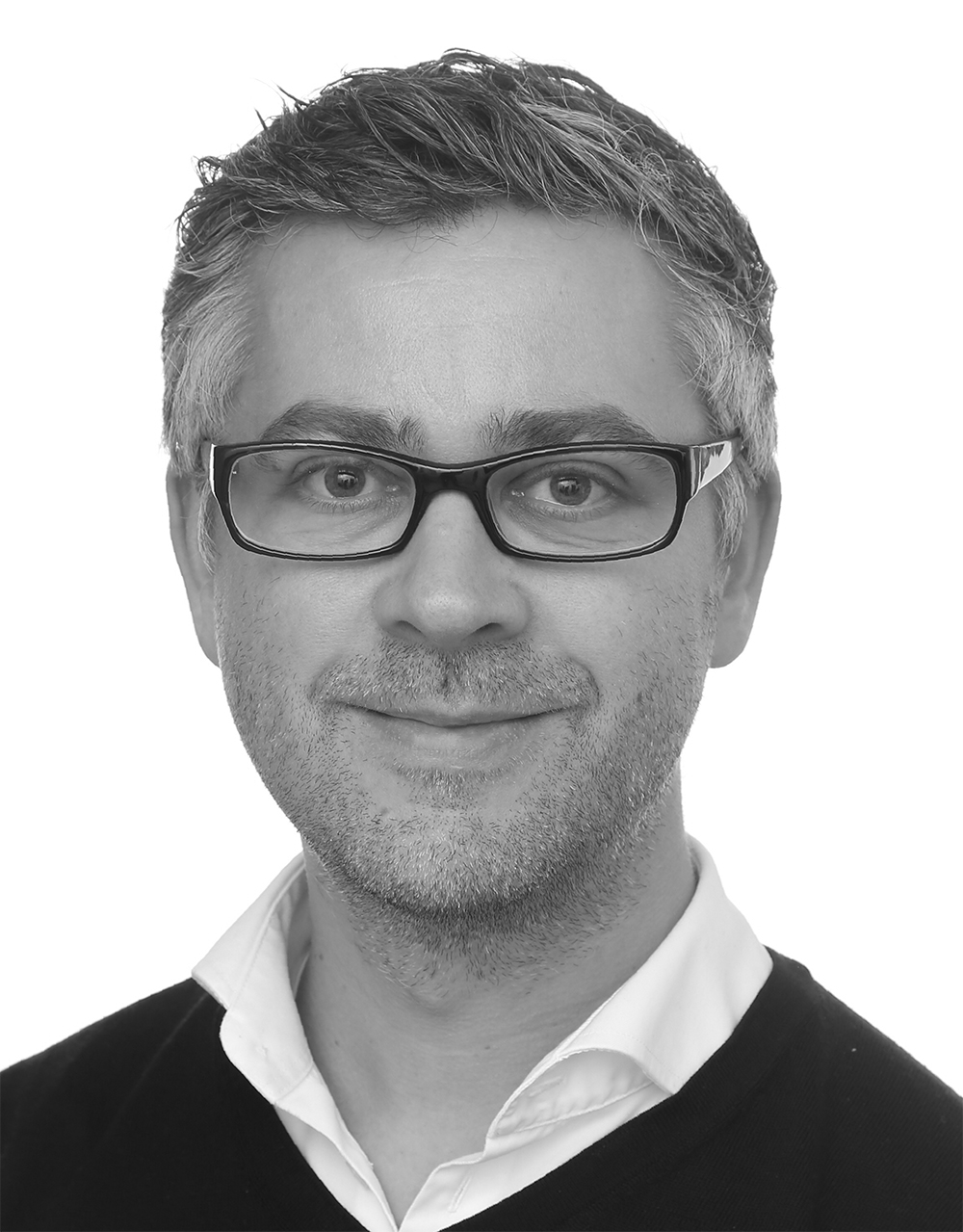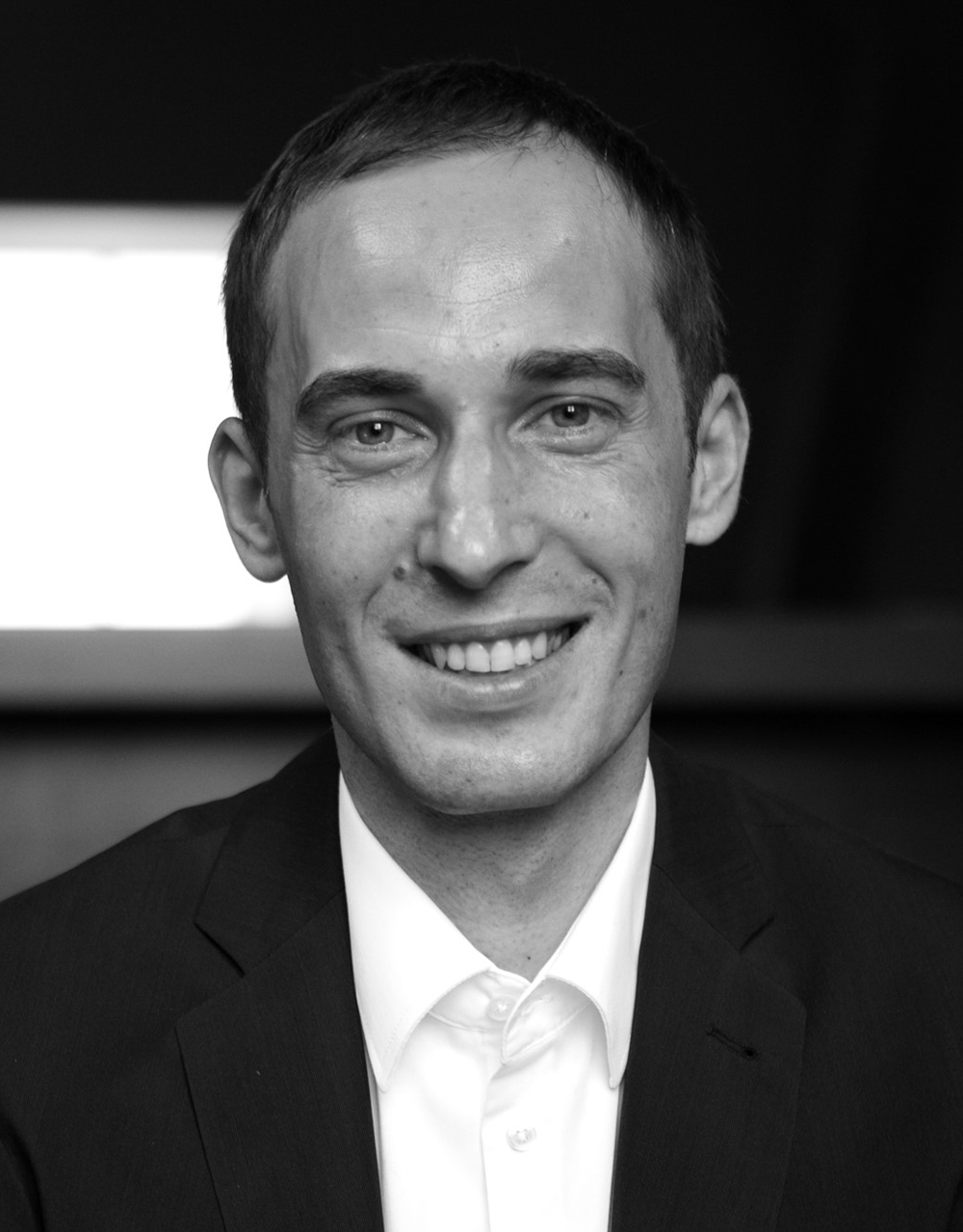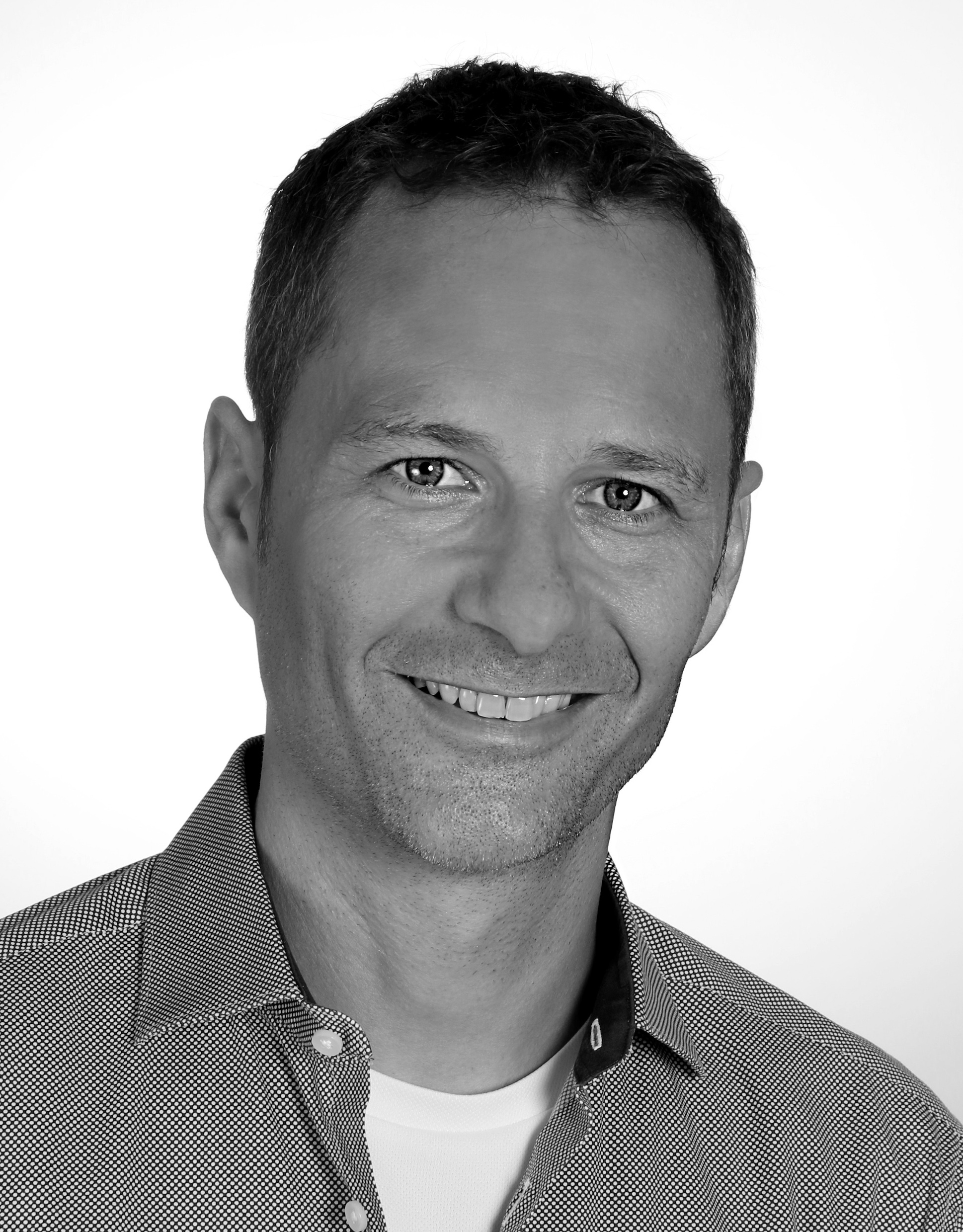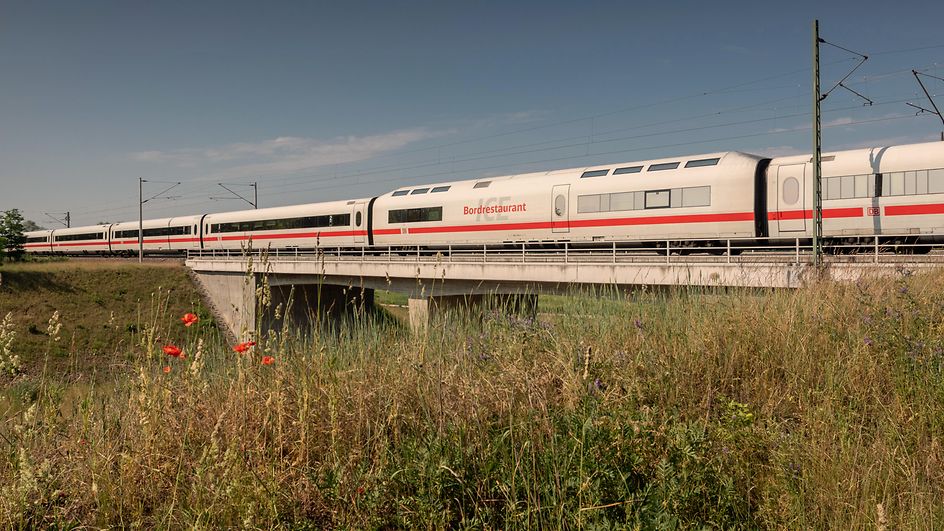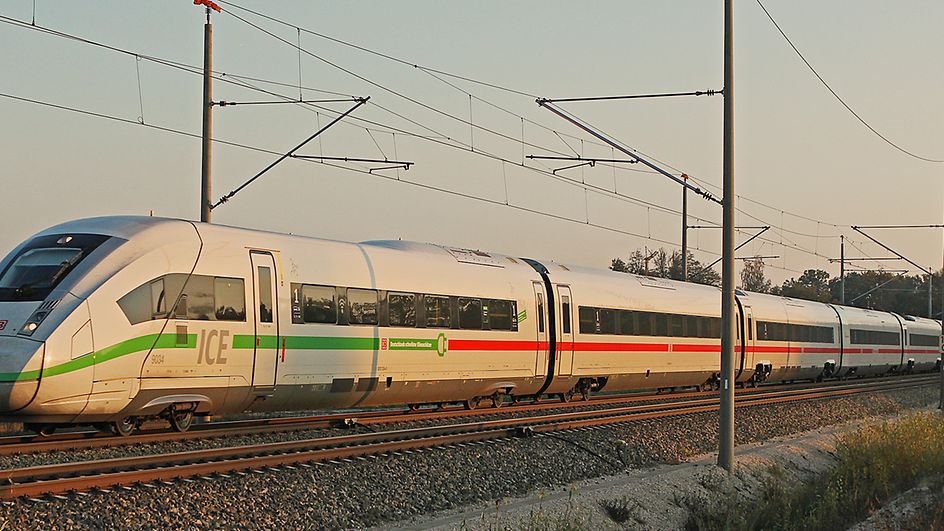More detailed information for dispatchers
Article: Make the best decision
With a new approach to software development, the KIRA project enables dispatchers to respond more quickly and produces rapid and valuable results.
The job of a dispatcher at DB Fernverkehr is demanding: staying on top of things when problems arise and finding and implementing solutions for passengers when trains are cancelled or delayed – all so that Deutsche Bahn customers can continue their journeys with as little inconvenience as possible. This works best when dispatchers have an accurate picture of the passenger situation on board the train. In this interview with digital spirit, Dr. Felix-Sebastian Scholzen, functional project manager at DB Fernverkehr, Dr. Kai-Uwe Götzelt, technical project manager at DB Fernverkehr and Wolfgang Harbach, head of the solutions centre at DB Systel reveal how the KIRA project is providing dispatchers with the information they need on the basis of a novel software solution.
What does the project name KIRA stand for?FELIX-SEBASTIAN SCHOLZEN: KIRA is an extremely promising project that aims to develop operations planning at DB Fernverkehr to its full potential. The acronym stands for Kunden informieren und Reiseketten absichern (informing customers and securing travel chains). The purpose of the project is to provide dispatchers with key information about the passengers on a train – information that is currently difficult to obtain. How full is the train? Which passengers are affected? Where are they coming from and where do they want to get to? KIRA delivers this information quickly and conveniently, so that dispatchers can make the best decision possible within the framework of what is operationally feasible.
Where does the information come from?FELIX-SEBASTIAN SCHOLZEN: The data is generated based on the tickets bought. There is also a modelled component that estimates how many holders of season tickets or Rail&Fly tickets are on board. Models based on surveys are available.
Why did DB Fernverkehr decide to commission DB Systel with developing the software?FELIX-SEBASTIAN SCHOLZEN: We could, of course, have looked for a ready-made software on the market or adopted the classical approach of commissioning an external provider to develop a solution. However, this would have limited our ability to influence the product. We would have had a solution thrust into our hands after a year without even knowing whether it would work. This was not what we wanted.
KAI-UWE GÖTZELT: Exactly. From the outset, it was clear to us that the success of the software depended on seeing results very quickly in short iterations and involving users in the development process right from the start. Then we found Wolfgang Harbach and his team. They had everything that was important to us: an agile and user-centred approach, the necessary technical infrastructure and a new software (smart application builder) based on a modular design principle. The speed of development offered by the team also appealed to us.
What is user-centred design?KAI-UWE GÖTZELT: User-centred design focuses on users throughout the development process. For instance, we visited dispatchers on the job to get a better understanding of their work processes. We interviewed them on specific topics and jointly evaluated drafts for new features as well as their implementation in the software. This is what distinguishes KIRA from other large IT projects that were run in the past.
And what is “agile” development?FELIX-SEBASTIAN SCHOLZEN: The use of an agile approach means that KIRA is developed continuously and dynamically using short feedback loops. The agile approach is always based on the “inspect and adapt” principle. In other words: start by understanding the needs of users, generate solutions, improve the software with the help of user experience methods, and so on.
WOLFGANG HARBACH: Starting in May 2018, we held creative workshops with dispatchers every fourteen days in conjunction with the project. In the next step, we created initial paper drafts or “wireframes” of the software. These were refined further in a series of iterations before being implemented in the software. The latest version of the application is currently being used on the job by a select group of users. We will be able to see how they use the software and identify where it needs to be improved. The goal is to develop an application that can be used intuitively.
KAI-UWE GÖTZELT: This is why we have not involved the same dispatchers all the time. Ultimately, we wanted to incorporate different spheres of experience and groups of stakeholders, each with their own specific requirements for the software.
What do the dispatchers think of your approach?KAI-UWE GÖTZELT: The response from our colleagues has been positive. They have enjoyed being involved in the software development process. They have also been impressed by how quickly we can deliver software packages, with new features appearing just two weeks after a workshop.
What is the role of the smart application builder?WOLFGANG HARBACH: The smart application builder plays an extremely important role. Its application development concept is the perfect complement to an agile methodology. First, it offers speed. We can start implementation from day one with an executable software solution in the cloud. Second, it is based on a customisable modular principle. Once components have been developed, they can be re-used as finished software modules and combined as required. The third key element is fully automated IT processes, including delivery, operation, versioning and testing.
What tangible benefits have you experienced?We have been able to successfully combine product scale effects with the flexibility of custom development. As a result, we can generate effective outcomes for customers very quickly, which offers valuable advantages in terms of time-to-market. It is quite simply a new type of software development.
What role does teamwork play in the process?KAI-UWE GÖTZELT: The agile approach works best in a collaborative team setting without any barriers to information flow and communication. And it soon became clear that we needed to work together in the same location to facilitate close coordination between product owner, experts and the implementation team.
WOLFGANG HARBACH: When you visit the KIRA team at DB Systel, it is impossible to distinguish between developers, experts and the product owner. You just see one team. The key to success is agile teamwork combined with flexibly customisable software that produces results quickly. And the KIRA project provides outstanding confirmation of this to everyone involved.
So, how does the software differ from Small Solutions and the Business Hub?WOLFGANG HARBACH: Small Solutions provides product solutions quickly using standard components and is better suited to small, simple applications. The Business Hub, on the other hand, is an important platform that providers can use to deliver functions and data via API as a service, both within the DB Group and to external users, in a self-service portal. This may prove interesting for KIRA from two angles: where existing services can be accessed directly in the Business Hub or a service developed by KIRA is published via an API.
So, the smart application builder is ideal for larger applications.KAI-UWE GÖTZELT: Correct. KIRA is still relatively simple. However, in the final phase of development, it will be a complex application – individually configurable with a modern microservice architecture and an infrastructure that will ensure long-term viability.
What are the next important steps in the project?FELIX-SEBASTIAN SCHOLZEN: We are now going to extend the range of users. Development is currently moving in two directions: towards better data quality and greater application functionality. We will find out how the application performs under load. It looks like KIRA will continue to get better and better as it is developed further. And this is an exciting prospect.
